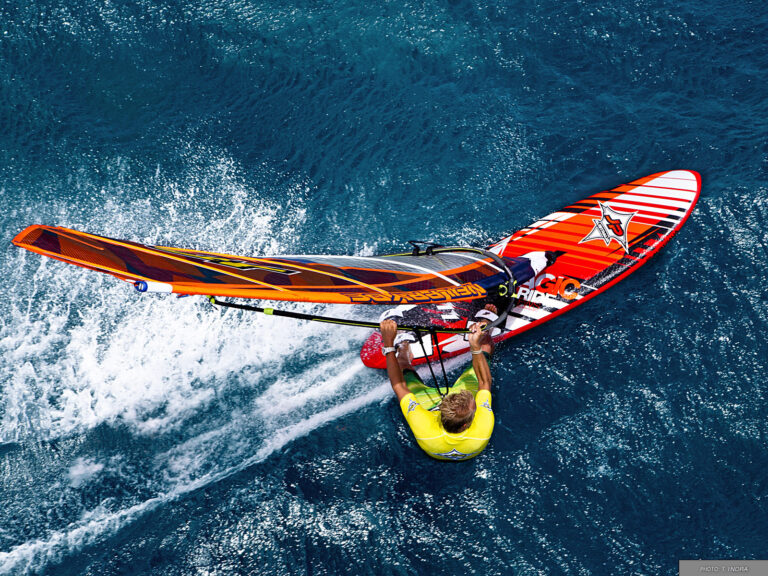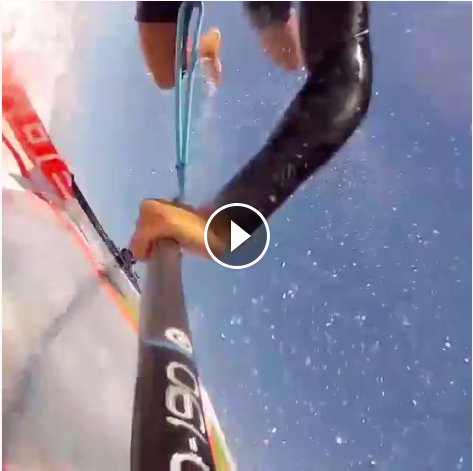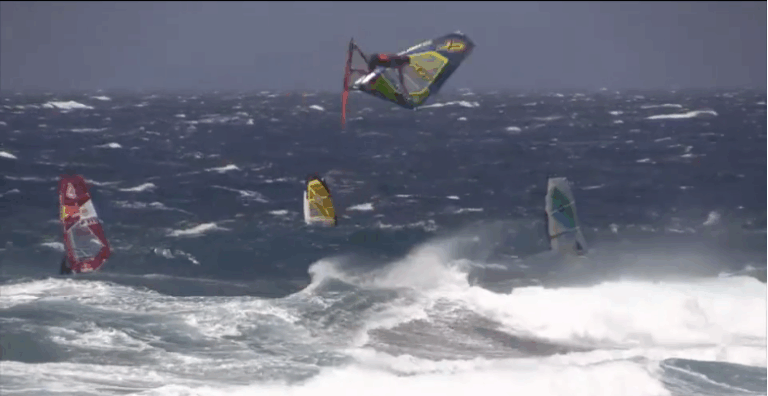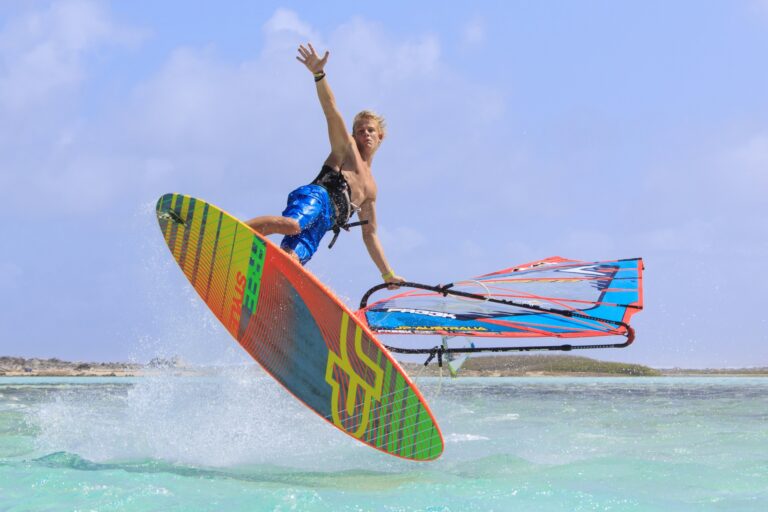Understanding a board range can be tricky… you have multiple fin set-ups, constructions, sizes and models to choose from. Here Werner Gnigler, the board shaper for JP Australia, joins Boards to explain more about what is on offer from JP and explain many of your FAQ.
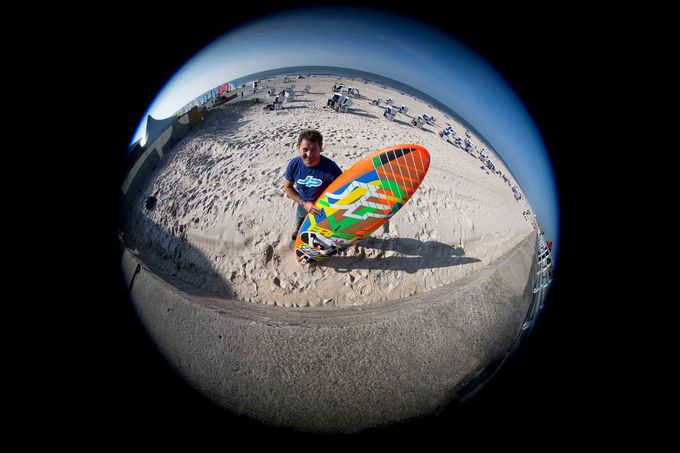
Your board range comprises of wave boards with different fin set-ups – what’s the idea behind the different concepts: Single, Twinser, Thruster and Quad?
The single fin provides the most drive and lift, as they are generally longer. This gives an advantage in onshore winds, as it should make it easier to plane earlier.
When you add side fins, you get a Thruster. With this approach, you can reduce the size of the middle fin and thus will increase manoeuvrability and turning ability significantly. In addition the side fins provide additional stability in the turns. The shorter centre fin doesn’t produce as much lift and thus the board is more stable. The ‘Twinser’ set-up makes the board very “loose”, i.e. it slides very easily and tight, radical turns are super easy. Control is not optimised in this set-up. That’s where the Quad comes into the game. This concept combines the loose feel with good control.
In what ways do the new concepts in wave sails affect the performance of the wave boards?
There are different wave board concepts that also call for particular sail concepts.
“Radical Quad” for surfing: ideal for soft sails (no matter how much battens).
“Thruster Quad” (performance): Sails with more power.
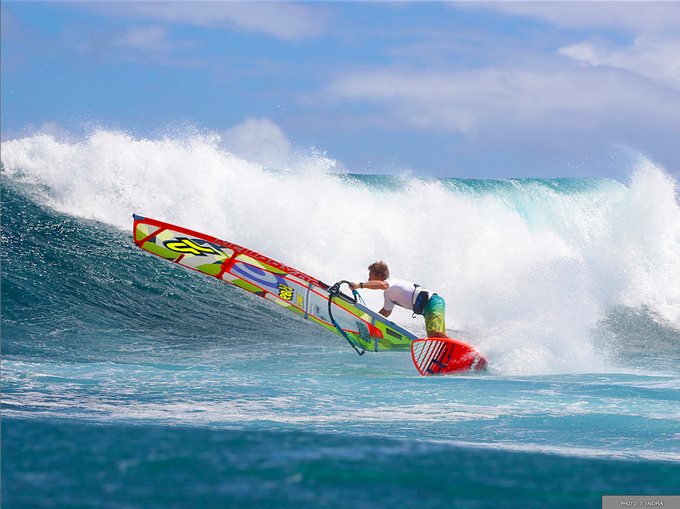
What skill level does the rider require for those particular board concepts?
Once you’re ready to go into waves, you’re naturally already at a sufficient skill level. Side shore and onshore can be equally challenging.
Let’s take a rider who windsurfs 50% of the time with a wave board at flat-water spots, for example on Lake Garda, Lake Veluwe or Costa Brava. What board (fin) concepts would you recommend?
Very simple; we provide boards with five fin boxes, anyone can tune and adjust his/her board according to the requirements and conditions at a particular spot.
Let’s take another example, How about a rider who predominately rides when Poniente blows in Tarifa or at Zandvoort, Scheveningen or in Porto Pollo? Which wave boards are suitable for those spots?
I would recommend our Thruster Quad with five boxes.
Previously we often saw JP’s World Cup team riders with custom wave boards. How about today?
If it’s not a series production board, it’s a very similar shape to the production board or pre-series production board. As our team is involved in the development process, it’s impossible for me to come up with some special concepts for our riders. The requirements of the pros are the same really as of any ambitious amateur wave rider.
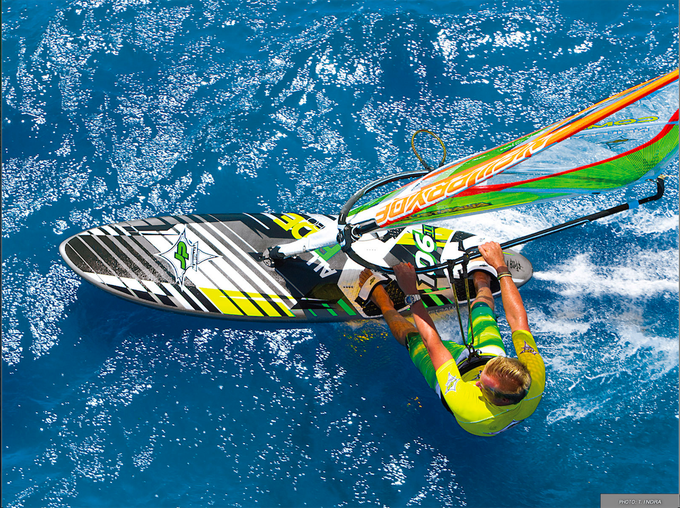
Werner, you have “Full Wood Sandwich Boards” as well as “Pro Edition” board lines. What distinguishes those (in terms of board construction)?
Of course, a lighter board plans earlier, earlier planing equals more fun, it also feels livelier and reacts quicker… all qualities that make a day’s sailing more exciting. If you’re after maximum fun and excitement, then you should always go for the most advanced technology.
And how do these two construction differ in the water with the wave boards?
Of course, in wave riding, the weight of the board is an issue but it should also not be too stiff. For this reason, we have developed a technology that is light, yet provides reasonable flex as well. Especially in the turns flex has some major advantages, the boards turn better and are much better controllable. Plus, they don’t break as easily as maximal impact forces and load are absorbed better.
And with the big freeride boards?
With these we use materials that make the boards light and stiff. For planing direct power transmission is key. With big sails and big boards soft boards would mean a loss in power and performance.
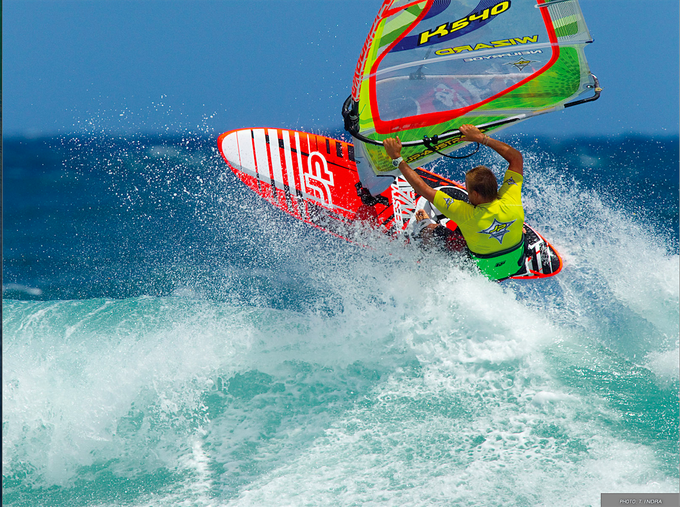
understanding Constructions
What are the main benefits of S-Glass compared to other well-known laminates such as innegra, kevlar and carbon?
The beauty of S-Glas is that it combines great durability with reasonable flex.
How does S-Glass translate into ‘feel’ in the board’s behaviour?
We use it on wave boards, in this board segment the riders are looking for a slightly flexi feel during their bottom turns. Identical boards with too much carbon don’t behave nearly as smooth and comfortable like S-Glass boards.
How does it compare in terms of cost – when will we see stronger, lighter boards that cost less?
S-Glass is also a high performance material and not cheap. We use it for its performance and constantly work on the best material mix to achieve the best possible combination between performance, durability and price
If S-glass flexes, does that mean it’s not as strong as carbon?
Carbon makes the board stiffer. On a high impact landing carbon boards do not flex and break, S-glass can flex a bit and these boards do not break in these circumstances.
You cannot say one material is stronger since each material has its advantages.
How does increased flex affect the integrity and memory of the other materials in the board, such as foam?
We have a sophisticated material mix. Our boards do not use only S-Glass. Nevertheless S glass boards have some flex but do not change their shapes or effect the foam.
In terms of, say a bottom turn or a cutback, why is flex better than a stiffer feel?
The board just gives a bit in the turns, this results in extra bottom curve during the turns. Like a snow board or skis. You can really push and use the flex to your advantage and good riders even use the “springy” feel to accelerate on their top turn or aerial.
Is flex better for predominantly lighter riders then?
Riders weight is not such an issue. Smaller boards are thinner and therefore behave different to big thick boards heavier riders use.
Which areas of the board is the S-Glass used?
Along the entire board. As mentioned before in combination with various other materials
What other reinforcements go into these kind of PRO construction wave boards?
More or less everything, PVC, carbon, normal galss, wood.
What potential does S-Glass hold for slalom, freestyle or freeride products?
On Sl board you want a stiff direct board, especially in light winds to transfer the sail power directly into speed. In high wind Sl boards it can make sense since you are looking for more control and a smoother ride.
In FS the riders also look for direct “pop”, flexi boards would not allow them to jump as high and perform their big moves.
Maybe it finds also a place in Freemove boards since they are used in higher winds, Freeride I guss a more direct feel is preferred as well.
For more on the complete JP Australia range head to their website here.
Questions asked by Axel Reese.

